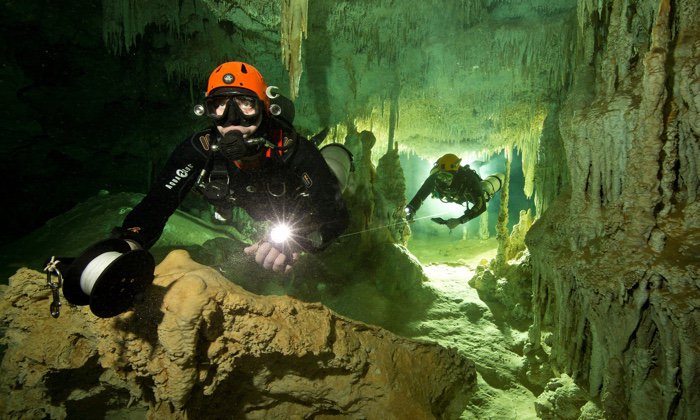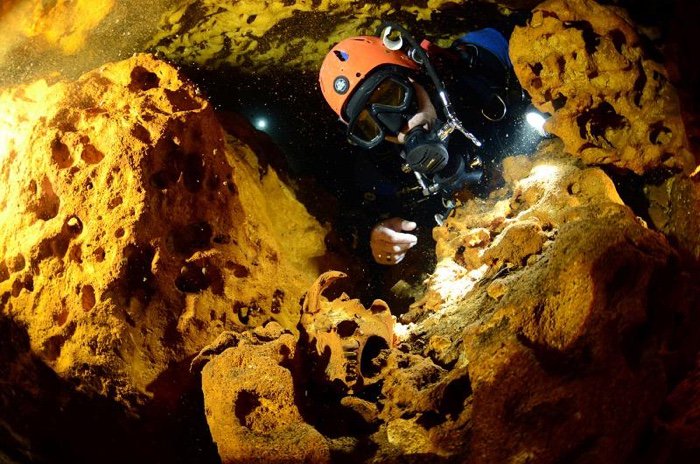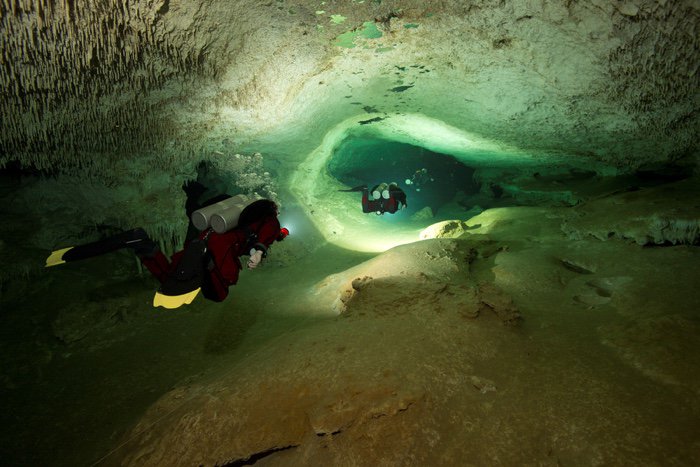Scientists Found The World’s Largest Underwater Cave in Mexico, And It’s Full of Maya Secrets
Few scientists from Mexico, after 10 months of intensive exploration have discovered the world’s largest underwater cave, which is truly amazing.
This underwater wonderland is covering an incredible 347 kilometers (216 miles) of subterranean caverns. The archaeologists think that this branching, hollow cave reveals lost secrets of the ancient Maya civilization.

“This immense cave represents the most important submerged archaeological site in the world. It has more than a hundred archaeological contexts, among which are evidence of the first settlers of America, as well as extinct fauna and, of course, the Maya culture, ” says the archaeologist Guillermo de Anda from Mexico’s National Institute of Anthropology and History.
De Anda is a part of the Great Maya Aquifer Project (GAM), a research effort which for decades has explored underwater caves in the Mexican state of Quintana Roo, located on the Caribbean coastline of the Yucatán Peninsula. This region has more than 358 underwater cave systems.

At the beginning, the researchers thought that this cave consists of 2 different systems (Dos Ojos and Sac Actun). But, after 10 months of investigating it has been proved that the two were actually one giant unceasing cavity. This whole cave system is long 347 kilometers, which makes it the world’s largest known underwater cave in the world.
But the search isn’t finished yet. The researchers are saying that Sac Actun might grow even larger, and it could be connected to three other underwater cave systems.

“We came really close a few times. On a couple of occasions, we were a metre from making a connection between the two large cave systems. It was like trying to follow the veins within a body. It was a labyrinth of paths that sometimes came together and sometimes separated. We had to be very careful,” said the Robert Schmittner, the GAM exploration director.
This stunning underwater cave is full of Maya artefacts and human remains that are waiting to be discovered.
“We’ve recorded more than 100 archaeological elements: the remains of extinct fauna, early humans, Maya archaeology, ceramics, and Maya graves. It’s a tunnel of time that transports you to a place 10,000 to 12,000 years ago,” says de Anda.
Take a look at this natural spectacle!
Source: ScienceAlert
